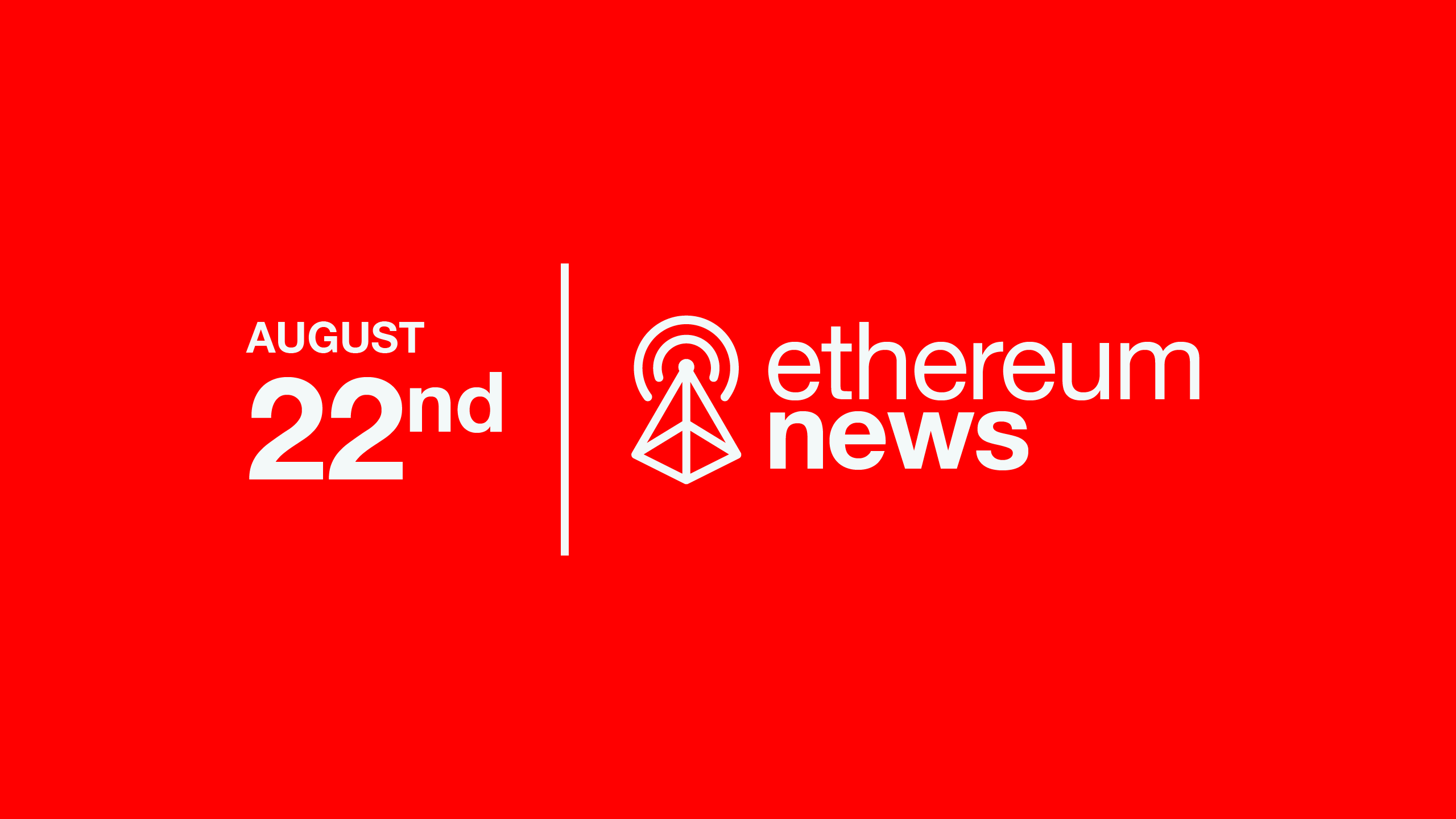Farcaster Is Migrating To OP Mainnet
Farcaster plans to open permissionless onboarding after the migration.

Quick Take
- Farcaster to migrate to OP Mainnet.
- Balancer discloses a critical vulnerability
- StarkWare open sources Stark Prover.
- RISC Zero introduces the Zeth ZK-EVM.
Listen on: Apple | Castbox | Spotify | YouTube | Lens
Optimism Highlights 🔴✨
Farcaster Is Moving To OP Mainnet
Farcaster, a decentralized social media platform, announced plans to migrate its identity and storage contracts to OP Mainnet. The web3 social platform currently uses Ethereum Mainnet for its identity system. Farcaster stores most of its data offchain in specialized servers called Farcster Hubs. Farcaster also said it will roll out its platform for all users after the migration. The platform is currently invite-only. Dan Romero, the founder of Farcaster, highlighted the existing ecosystem of dapps on the OP Stack, including Zora, Base, and EAS, as a reason for the transition. Farcaster has over 15,000 registered users.
Balancer Discloses Critical Vulnerability
Balancer disclosed a critical vulnerability that impacts certain V2 Pools on Ethereum Mainnet, Polygon, Arbitrum, Optimism, Avalanche, Gnosis, Fantom, and Polygon ZK-EVM. The DEX is urging users to promptly withdraw their positions from the affected pools. Balancer also executed emergency mitigation measures safeguarding 80% of the affected funds. Pendle Finance noted that three of its own pools are impacted by the Balancer mitigation measures. The remaining funds that remain at risk account for 4% of Balancer’s TVL. The vulnerability has not yet been exploited at the time of recording. Balancer still recommends users with funds in mitigated pools to migrate their positions to safe pools or withdrawal their assets altogether. Users can connect their wallets to Balancer to check if their positions are impacted.
StarkWare Open Sources Stark Prover
StarkWare announced that it will open-source the codebase for its Stark Prover, which has been renamed to the Stone Prover. The prover compresses transactions and generates proofs for Cairo programs. The prover has been active since June 2020, proving transactions for apps like Immutable X and Sorare. The code will be introduced during the Starknet Summit on August 31st. The release aims to promote transparency and contribute to growing Ethereum. Developers can now use the Stone Prover to generate proofs, build new apps, and further innovate scaling. StarkWare also plans to open-source its infrastructure for the Starknet Stack.
RISC Zero Introduces Zeth ZK-EVM
Blockchain infrastructure provider RISC Zero introduced Zeth, a new open-source solution for generating ZK Proofs of EVM and Ethereum blocks. RISC Zero coins Zeth as a Type 0 ZK-EVM, placing its own pin on Vitalik’s chart of ZK-EVM types. According to RISC Zero, Type 0 has the all benefits of Type 1 without slow-proof generation. The prover is built on the RISC Zero zkVM in Rust and uses the Bonsai ZK coprocessor. Zeth can be used to prove signatures, account state, block construction, and EVM opcodes. The prover verifies the validity of Ethereum blocks without relying on validators or sync committees and handles block construction steps within the zkVM.
Aave V3 Deploys On Base
Aave V3 is now live on Base, allowing users to borrow ETH, USDC, and cbETH against ETH collateral. Users can currently borrow USDC at a 1.38% variable APY. Base, an OP Stack chain by Coinbase, holds over $238 million in TVL, making it the 5th largest rollup by TVL. Base also leads all rollups, in addition to Ethereum Mainnet, by the number of transactions.

